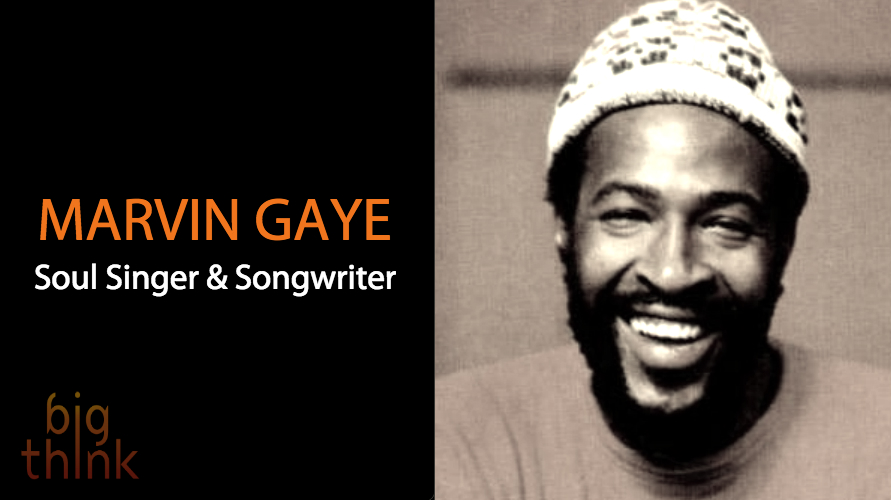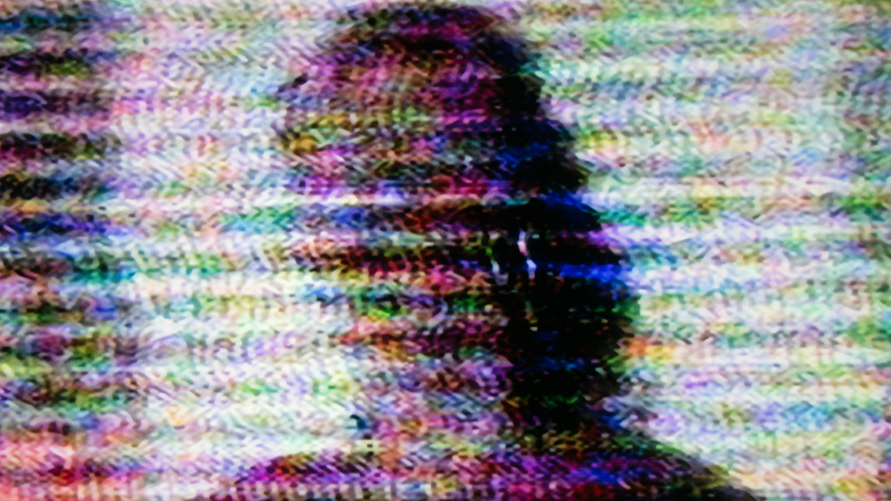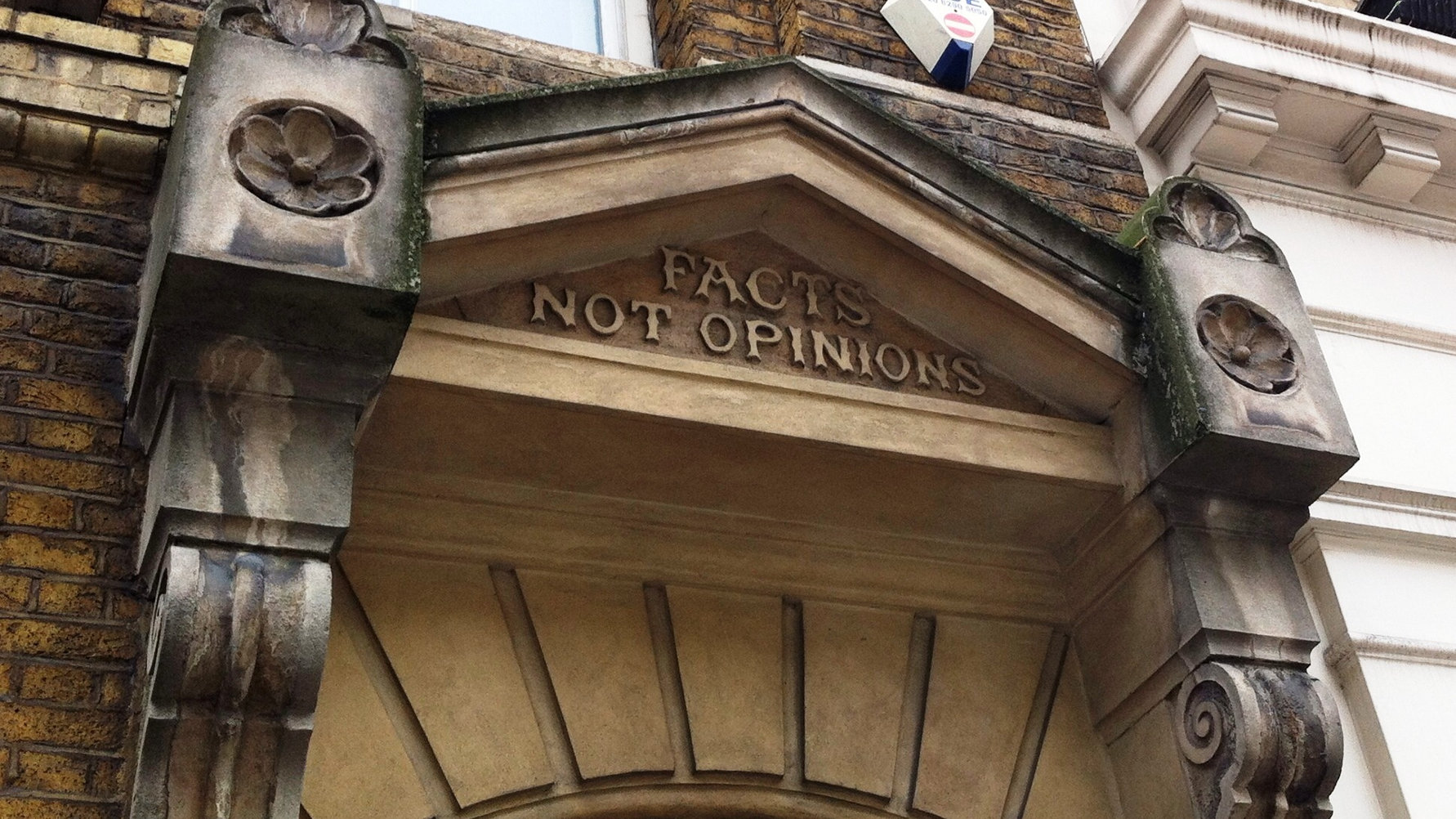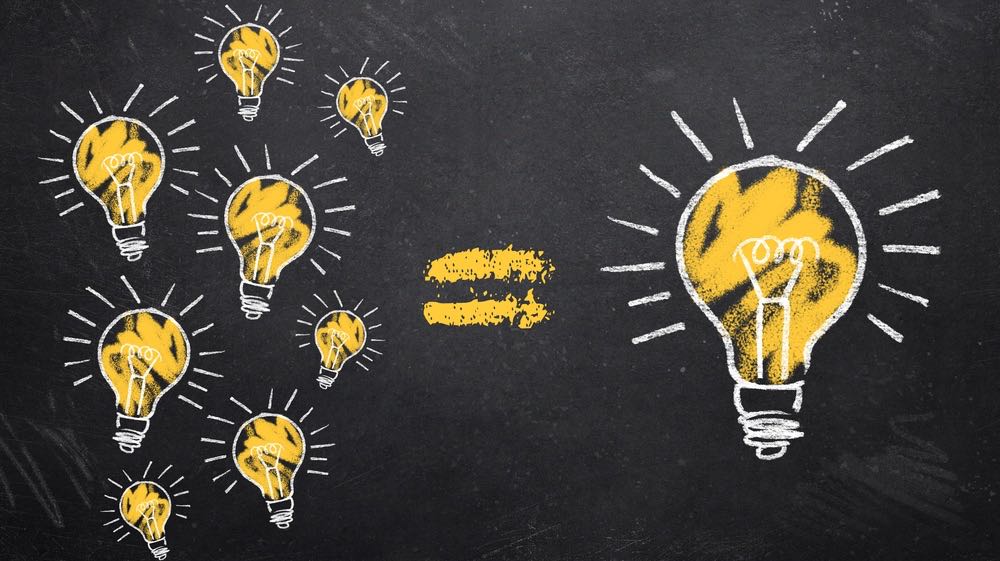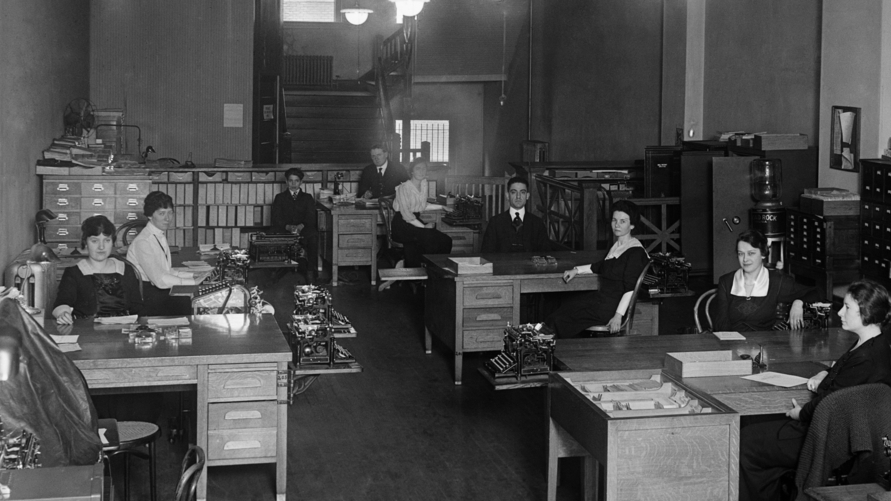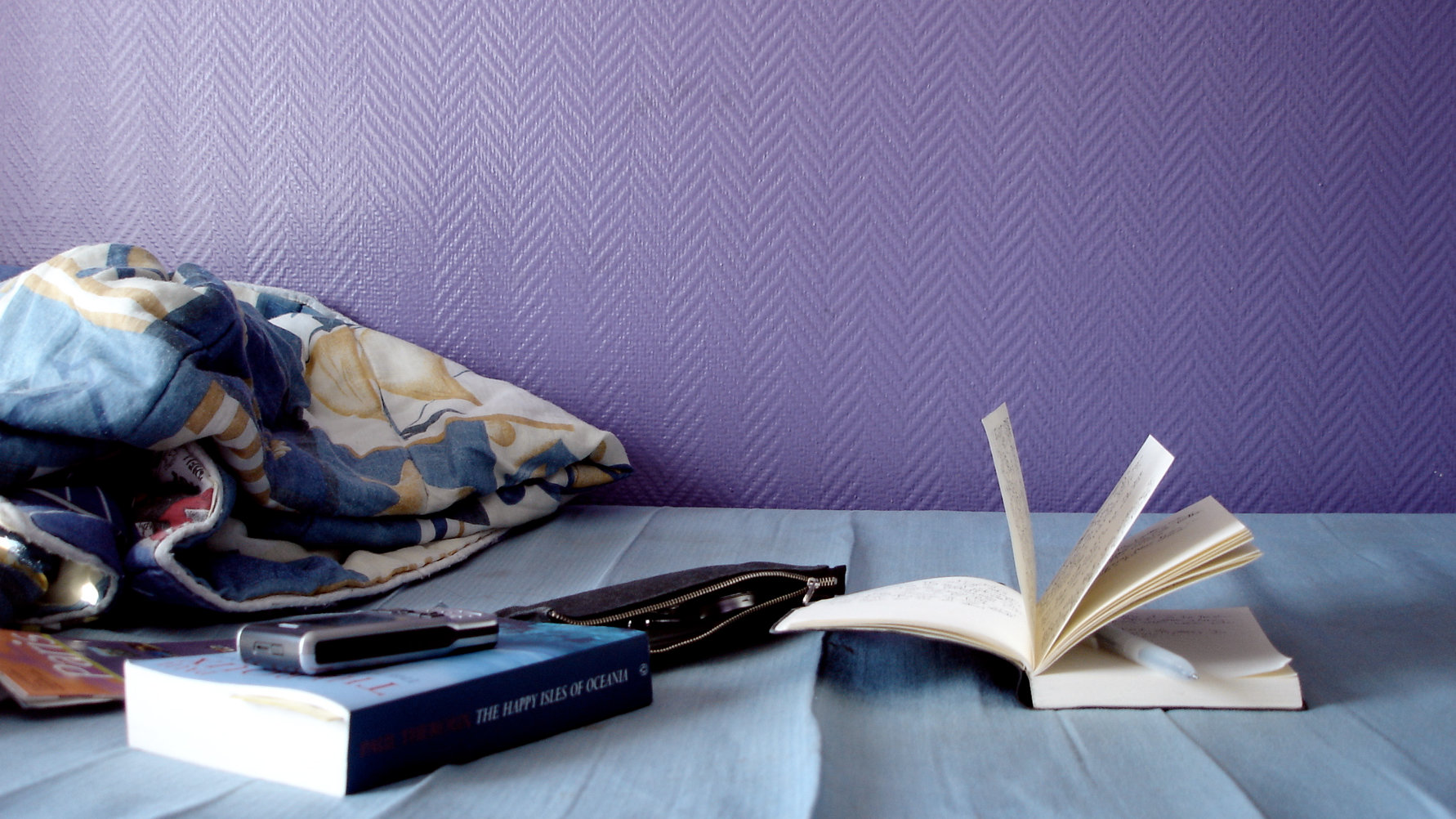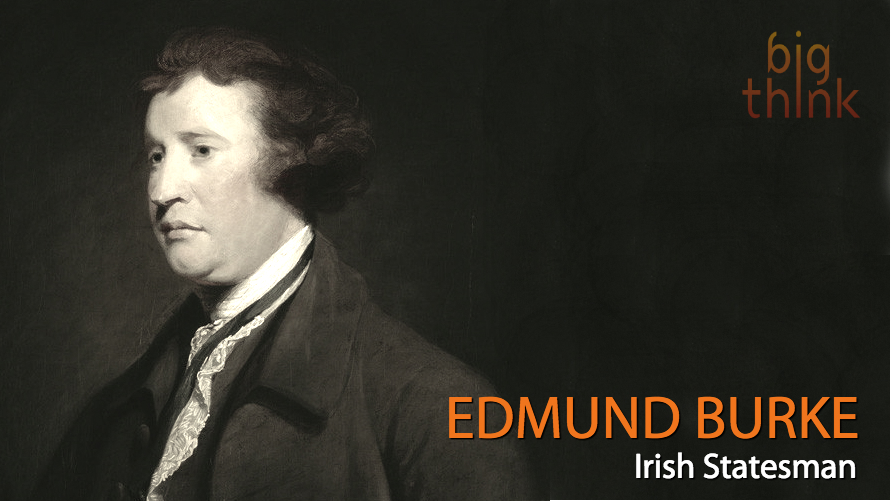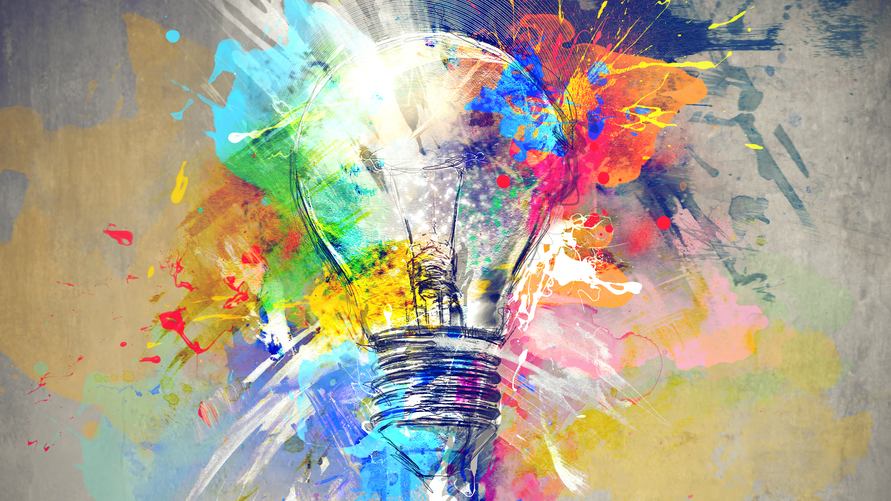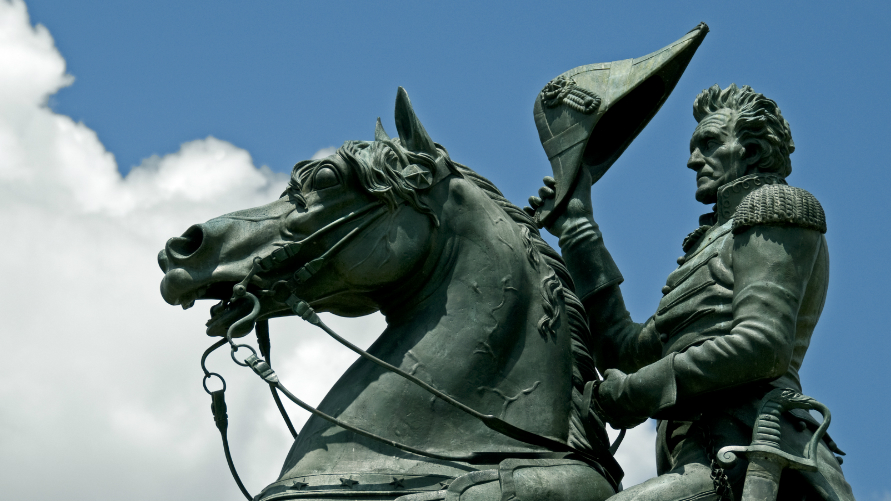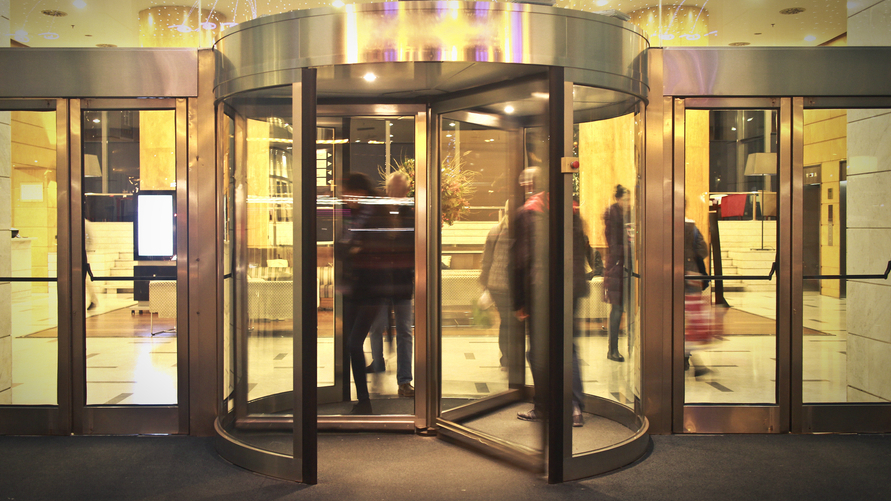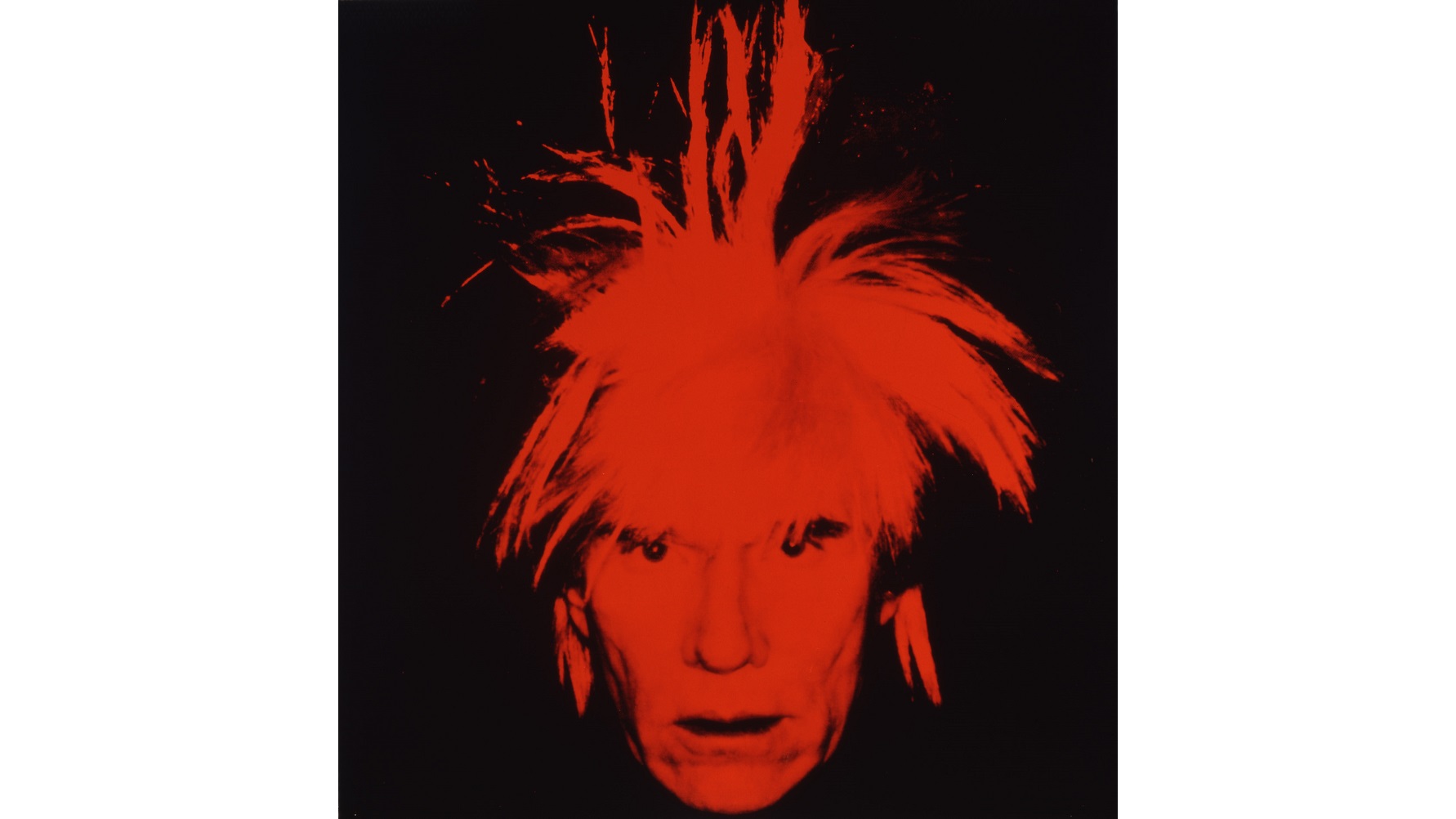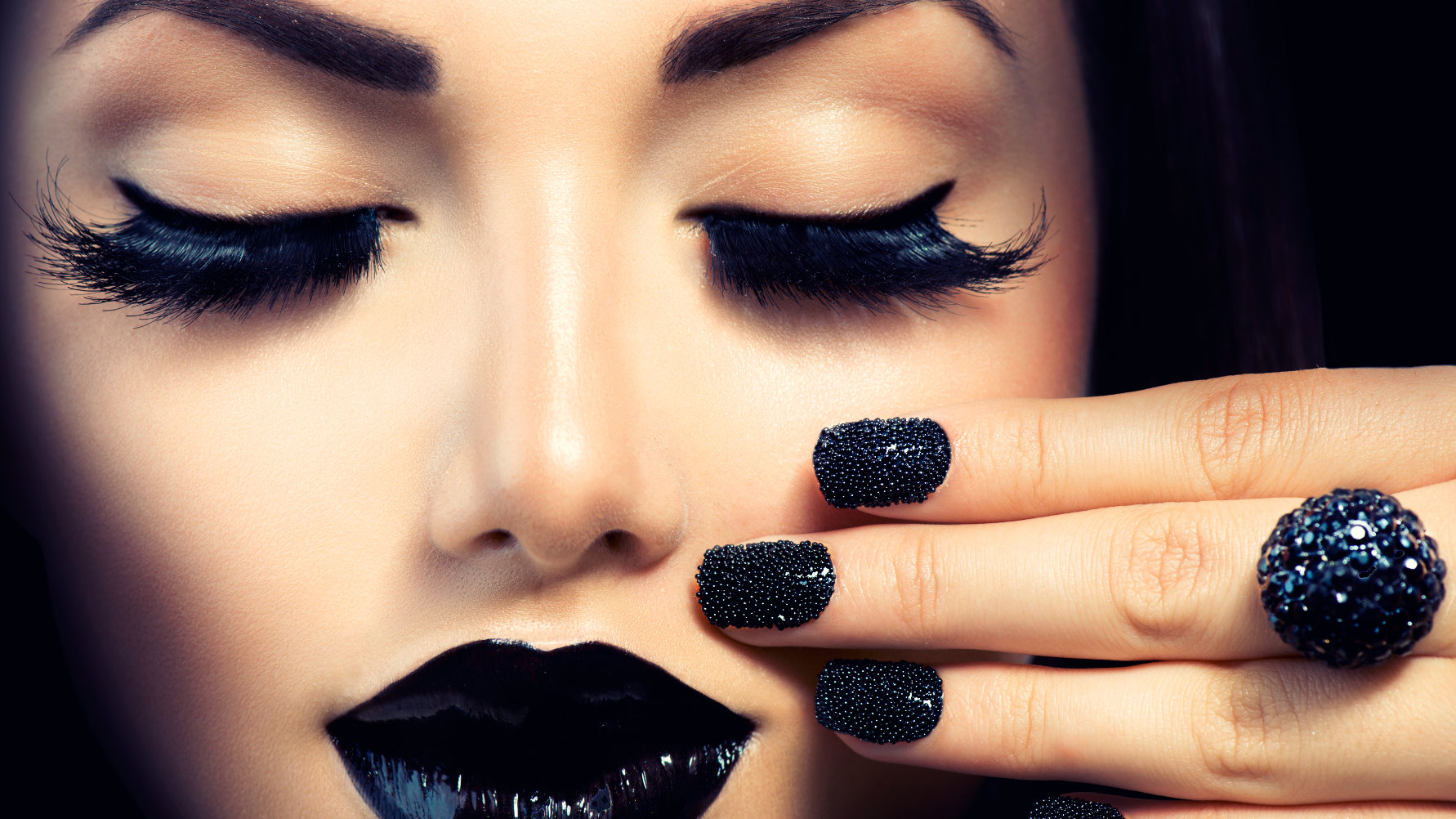Psychologists who were becoming bored with the internet by the late ’90s only had to wait a few more years before the ultimate Petri dish of human thought and behavior emerged.
All Articles
“To be an artist is a blessing and a privilege. Artists must never betray their true hearts. Artists must look beneath the surface and show that there is more to this world than what meets the eye.”
A specific gene present in human stem cells appears to be responsible for the evolutionary increase in human brain size.
The author of a new book on straightening out bad personal habits recently offered a basic glimpse into her anti-sabotage playbook.
Designers of the new federal system for sending emergency alerts to our cellphones devoted a lot attention to setting up the technical aspects, but not enough to figuring out what the messages should say. Research suggests those messages don’t say enough to keep us safe.
Google wants to stop the spread of misinformation by changing the way it ranks pages — concentrating more on facts rather than links.
Leading a team of experts to reach creative heights may be the mark of today’s genius.
When people are reminded of God, they are more ready to engage in risky behavior, but not morally wrongful behavior.
Over the past 11 years as a hotel concierge, Indira Pun has committed thousands of names to memory. Her trick? She exercises this part of her brain like a muscle.
The Spitzer Space Telescope has imaged our entire galactic plane in the infrared, and it’s a 180,000 pixel spectacular. “Beauty is unbearable, drives us to despair, offering us for a […]
Plenty of careers previously thought to be untouchable by automation have already experienced robotic disruption.
PwC’s global talent manager recently visited Big Think to discuss his company’s Aspire to Lead initiative as well as to encourage men to pledge their support for gender equality.
Co-living spaces offer a cheap, all-in-one package: a place where freelancers can live and work with other self-employed individuals. But is this system crossing the boundaries of work and life?
Whether you loved the original series or never saw it, it changed our world. “An ancestor of mine maintained that when you eliminate the impossible, whatever remains, however improbable, must […]
Japanese owners of the Aibo brand of robot dogs revere their electric pets so much they hold funerals for them when they break down.
Crying, like blushing, is an uncontrollable emotional response. So, how can we keep from shedding tears during inconvenient times? A little physical pain.
A medication commonly referred to as female Viagra, because it works to stimulate female sexual desire, is once again before the Food and Drug Administration for approval.
“He that wrestles with us strengthens our nerves, and sharpens our skill. Our antagonist is our helper.”
Waiting until the last minute isn’t a healthy or productive way to produce your best stuff. Musician Dan Deacon has a unique take on creativity: draw your inspiration from boredom.
In a long-term study of nearly 10,000 individuals, a team of scientists at Cambridge University found that sleeping more than eight hours per night correlates with a higher risk of stroke.
Children live and perceive the world very much in the moment. This is the sort of mindset desired by those who practice mindfulness.
Ever feel like you can’t control your impulse to check your phone or Facebook? The author of a book all about conquering bad habits offers advice for controlling these types of urges.
By consciously taking specific actions — from seeking out role models to reevaluating how we think about failure — we can train our mind to behave more confidently.
History curriculum needs to place a keen focus on decision-making and scrutiny, not just rote memorization of names and dates.
Mergers, promotions, retirements, acquisitions, firings: there are plenty of reasons why the names and faces above you on the organizational change might change. In each case, find where you fit in the new structure and make sure the new leadership notices.
In a 1977 interview with Glenn O’Brien for the marijuana lifestyle magazine High Times, O’Brien asked Andy Warhol if his teachers recognized his early “natural talent.” “Something like that,” Warhol responded with his characteristic unconventionality, “unnatural talent.” Warhol’s “unnatural talent” quip alluded not only to his mass-produced, machine-like paintings of soup cans and silk screen portraits, but also to his sexual orientation — the “unnatural” life of a homosexual. Just as Warhol turned that verbal double play, art scholar Michael Maizels tries to touch those two bases of Warhol’s art in “Doing It Yourself: Machines, Masturbation, and Andy Warhol” in the Fall 2014 issue of Art Journal. For Maizels, the way that Warhol made art reflected the way Warhol lived his life as a homosexual male in late 20th century America. When we look at Warhol’s art, Maizels suggests, we should see not just a critique of commercialized society and its art, but also a critique of that same society’s sexual tolerance.
The snobbery wars have erupted over photos of a sometimes blue-black, sometimes white-gold dress.
Will you explode, freeze, or boil? Advice on how to maximize your life. “A vacuum is a hell of a lot better than some of the stuff that nature replaces […]
Slapping on mascara to get those luscious lashes wasn’t nature’s intention. Your lashes serve a purpose, and their length shouldn’t be tampered with.
“We abuse land because we regard it as a commodity belonging to us. When we see land as a community to which we belong, we may begin to use it with love and respect.”

